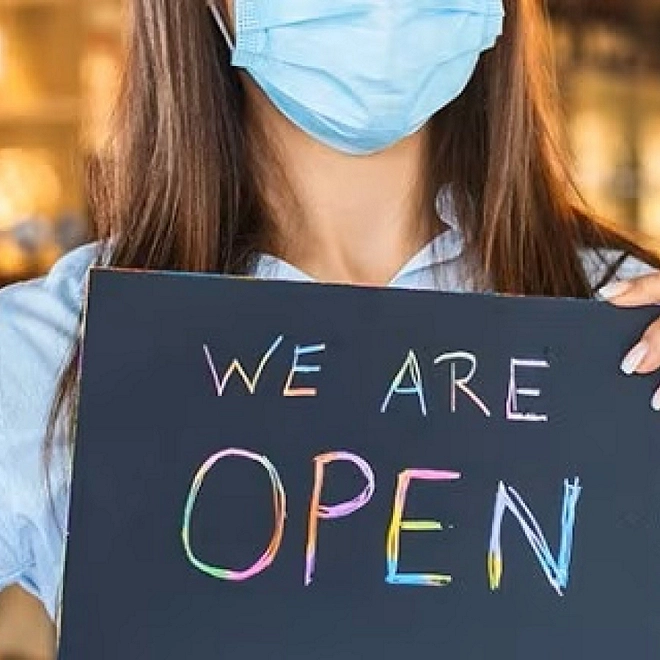Perspective
30 Jun 2022
5 minute read
FAQ’s on the Cost of Living Payment
Tax alert - June 2022
By Robyn Walker and Amy Sexton
The headline-grabbing announcement of Budget 2022 was a $350 “Cost of Living Payment” (CLP) targeted at an estimated 2.1 million low and middle-income earners who are not eligible for the Winter Energy Payment (WEP). The CLP is estimated to cost $814 million. Legislation was rushed under urgency through Parliament on Budget night to enable the Inland Revenue to use its existing tax administration powers to administer the scheme. The Government announced that the intention of the payment is to “help New Zealanders through the peak of the global inflation storm”.
Here are the answers to some Frequently Asked Questions:




